The Swiss Alps are one of the world’s most iconic mountain ranges, drawing millions of visitors annually with their jagged peaks and pristine landscapes. Beyond the picture-perfect postcards and Instagram-worthy vistas lies a rich tapestry of culture, history, and innovation that has developed across centuries. These mountains aren’t merely decorative—they’ve shaped Switzerland’s identity and continue influencing global perceptions of alpine environments.
Here is a list of 20 fascinating aspects that make the Swiss Alps much more than beautiful scenery.
Alpine Farming Traditions
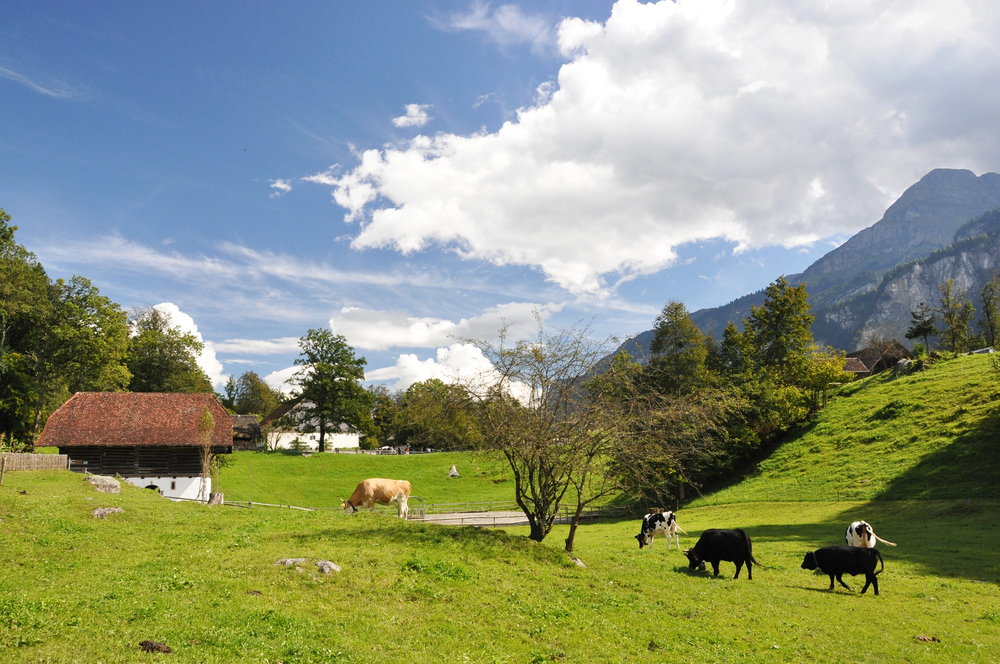
Swiss alpine farmers have maintained unique agricultural practices for over 8,000 years. Each summer, farmers lead their cattle up to high mountain pastures in a tradition called ‘Alpaufzug,’ where the animals graze on herb-rich grasses that produce distinctive milk flavors.
This transhumance system isn’t just picturesque—it’s fundamental to Switzerland’s renowned dairy industry and helps maintain the biodiversity of alpine meadows.
Engineering Marvel: Gotthard Base Tunnel
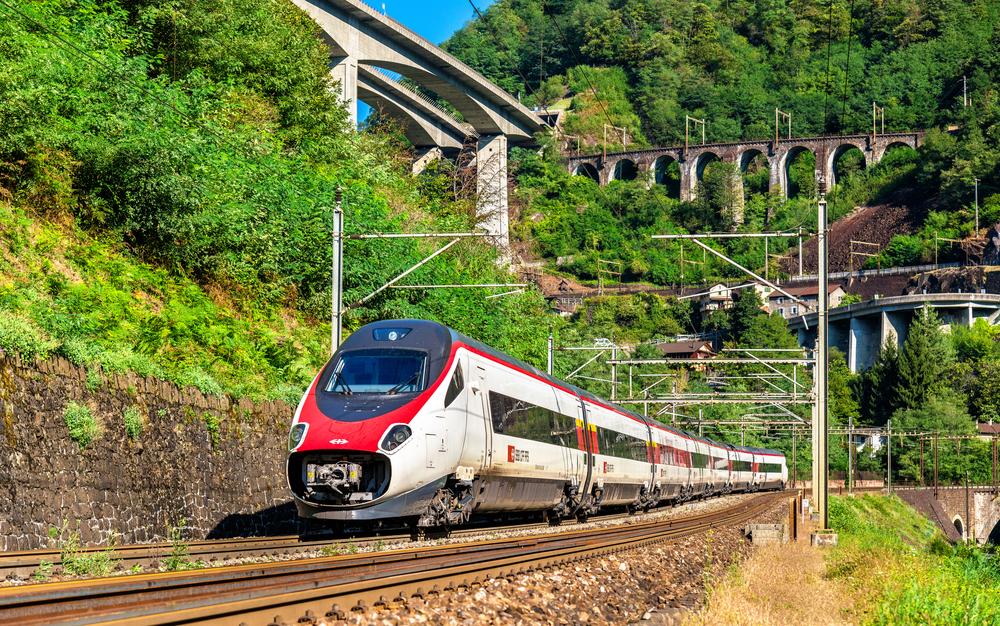
Completed in 2016, the Gotthard Base Tunnel stretches for 35.5 miles beneath the Alps, making it the world’s longest and deepest traffic tunnel. This engineering wonder reduced travel time between Zurich and Milan by an hour while decreasing the environmental impact.
The tunnel represents Swiss precision and determination, having taken 17 years to complete at a cost of approximately $12 billion.
Like Travel Pug’s content? Follow us on MSN.
Mechanical Watchmaking Heritage

The harsh alpine winters historically forced farmers to develop secondary skills during snowbound months, leading to the birth of Switzerland’s watchmaking industry. Mountain communities like those in the Jura region became epicenters for precision mechanics.
Today, brands like Rolex, Patek Philippe, and Omega continue this tradition of meticulous craftsmanship that originated as a winter survival strategy in isolated alpine villages.
Hydroelectric Power Pioneer
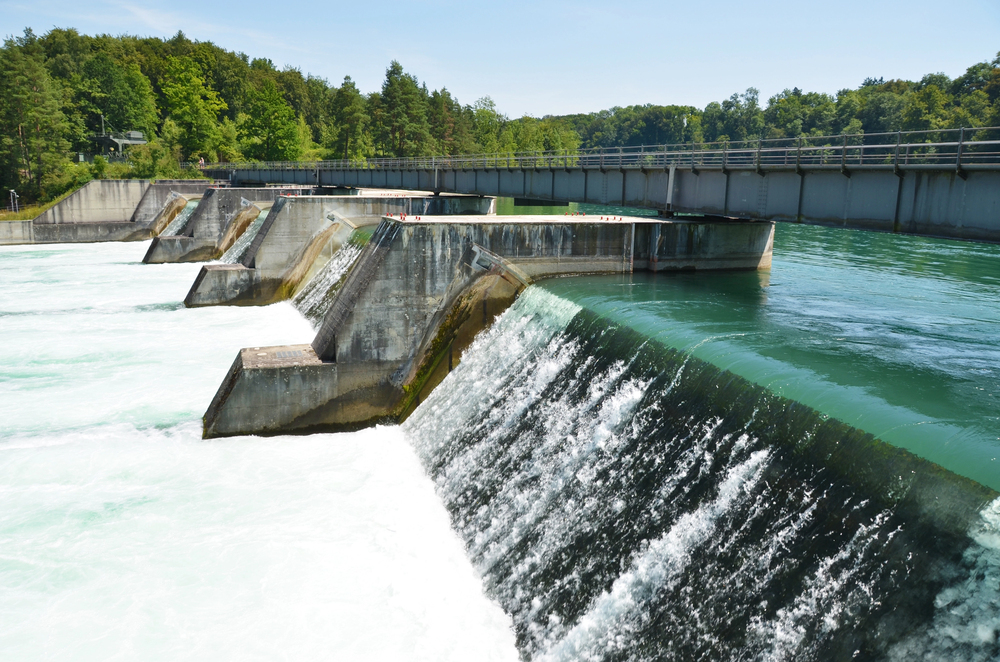
The Swiss Alps serve as Europe’s water tower, with their glaciers and snowmelt powering nearly 60% of the country’s electricity needs. The country became an early adopter of hydroelectric technology, building innovative dams and power stations throughout the alpine region.
These renewable energy sources have provided Switzerland with energy independence and expertise that it now exports globally.
Matterhorn’s Climbing History
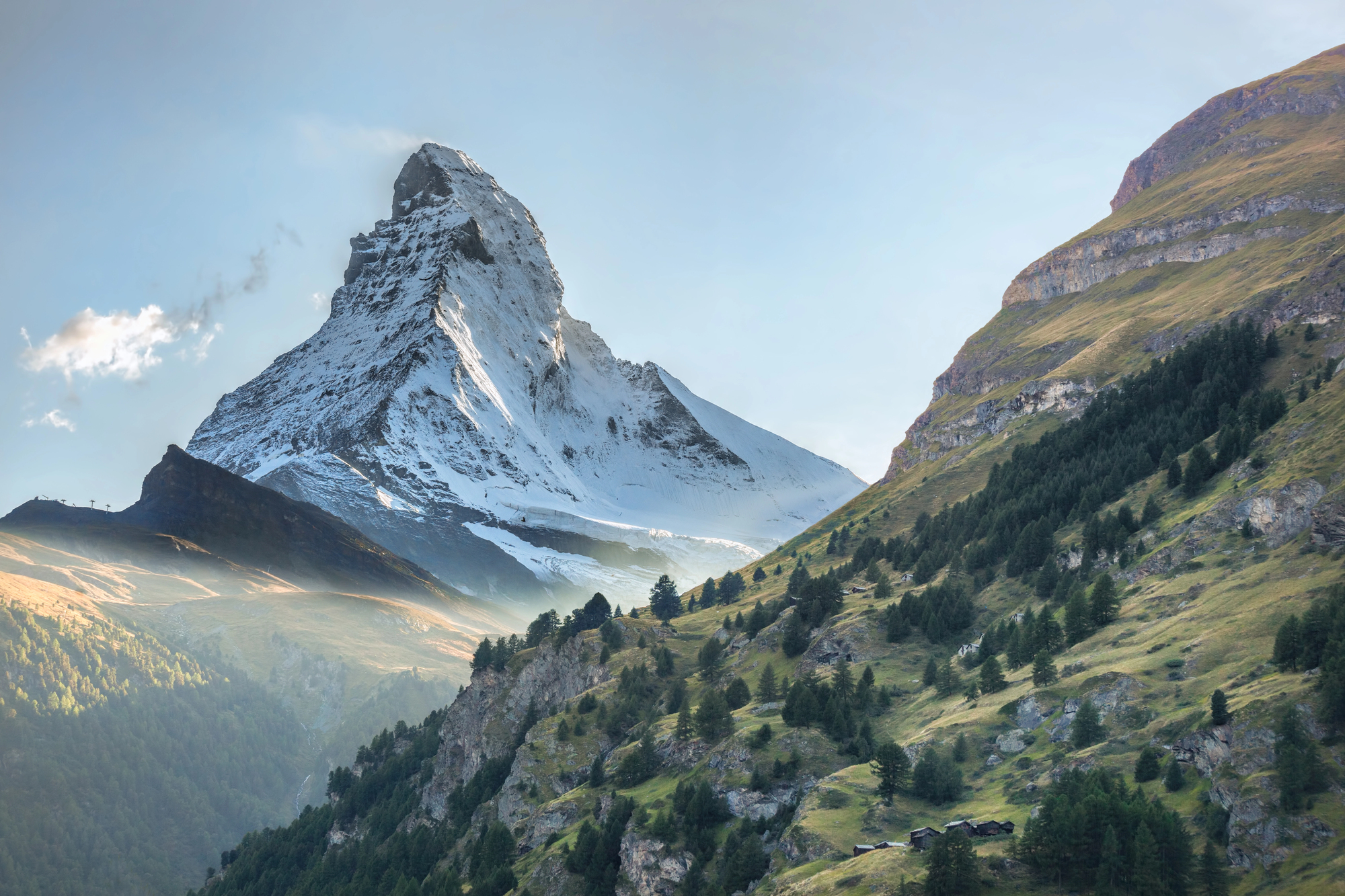
The iconic pyramid-shaped Matterhorn wasn’t conquered until 1865, when Edward Whymper and his team finally reached the summit after numerous failed attempts. The descent turned tragic when four climbers fell to their deaths, creating international headlines and cementing the mountain’s reputation as both alluring and dangerous.
This dramatic history transformed the Matterhorn into a symbol of human determination against nature’s formidable challenges.
Like Travel Pug’s content? Follow us on MSN.
Climate Research Laboratories

The high-altitude environment of the Alps provides unique conditions for atmospheric and climate research. Facilities like the Jungfraujoch Research Station, sitting at 11,371 feet above sea level, have collected crucial data since 1931.
These alpine laboratories have documented climate change impacts with unparalleled precision, recording temperature increases nearly double the global average in the alpine region.
Traditional Alpine Architecture
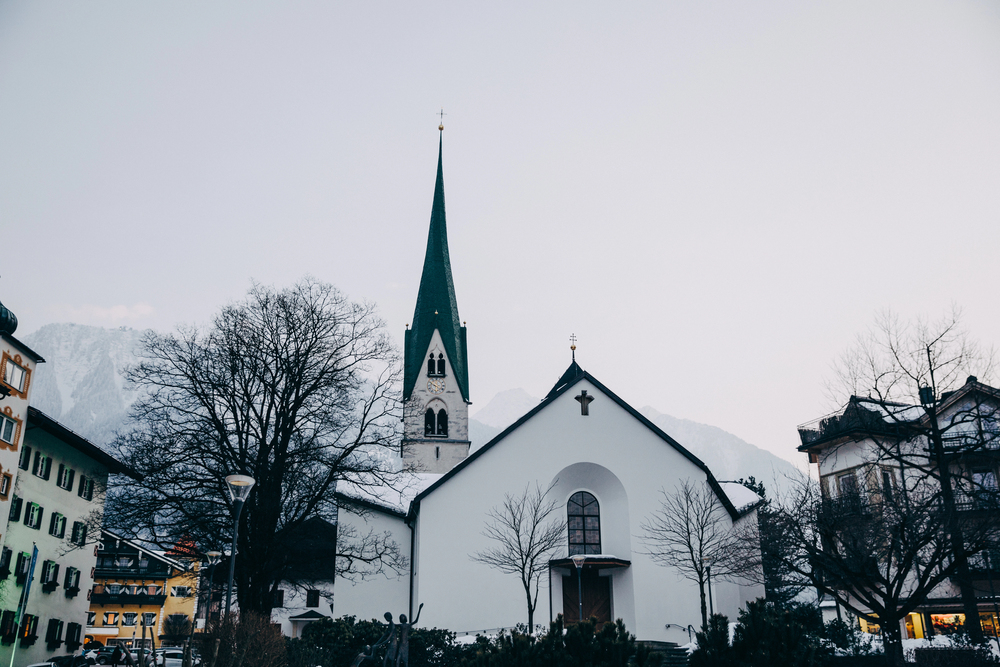
Swiss mountain dwellings evolved specific designs to withstand harsh conditions while maximizing resources. Characteristic features include steeply pitched roofs to shed snow, stone foundations, and intricate wooden detailing that varies by region.
These architectural solutions represent centuries of adaptation to alpine challenges and continue influencing modern sustainable building practices worldwide.
Avalanche Protection Systems

Switzerland has developed the world’s most sophisticated avalanche protection technologies and warning systems. Alpine communities have engineered complex networks of barriers, dams, and detection equipment that save countless lives annually.
This expertise in managing natural hazards has become an exported specialty, with Swiss consultants designing global safety systems for mountain regions.
Like Travel Pug’s content? Follow us on MSN.
Cheese-Making Innovation
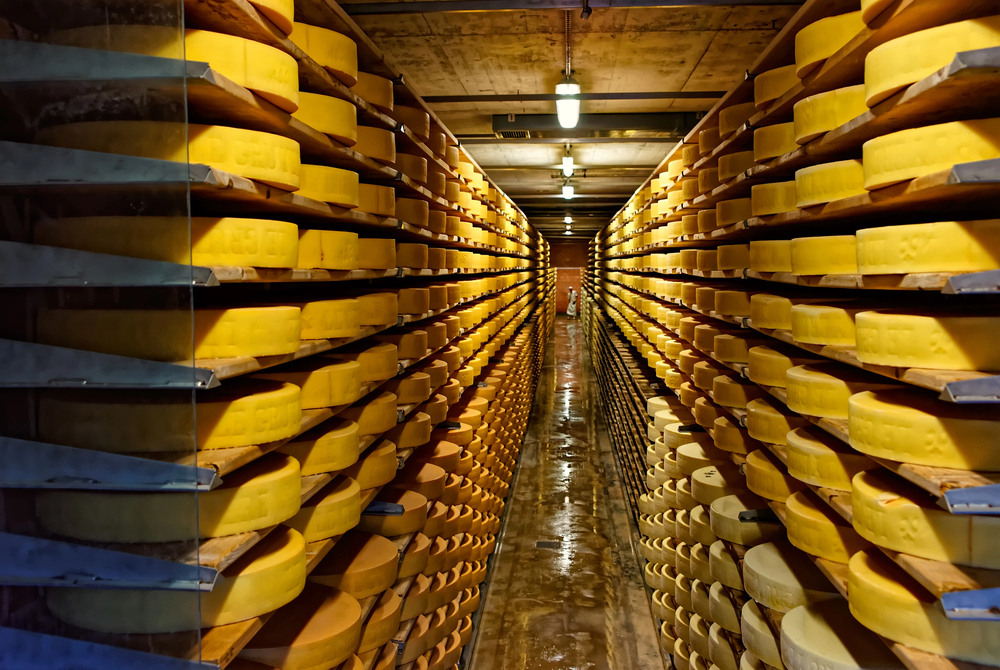
Alpine cheesemaking isn’t just traditional—it’s continuously evolving. Mountain dairies produce over 450 varieties of cheese, many still crafted in copper kettles over wood fires at high elevations.
The unique bacterial environment of each valley creates distinct flavor profiles impossible to replicate elsewhere, making these products sought after by gastronomy enthusiasts worldwide.
Spa and Wellness Tradition

The Alps have been a wellness destination since Roman times, with mineral-rich thermal springs attracting health-seekers for centuries. Towns like Leukerbad, with water temperatures reaching 124°F, developed sophisticated bathing cultures long before ‘wellness tourism’ became trendy.
This alpine spa tradition combines natural resources with medical approaches, influencing global health practices.
Military Fortress Network
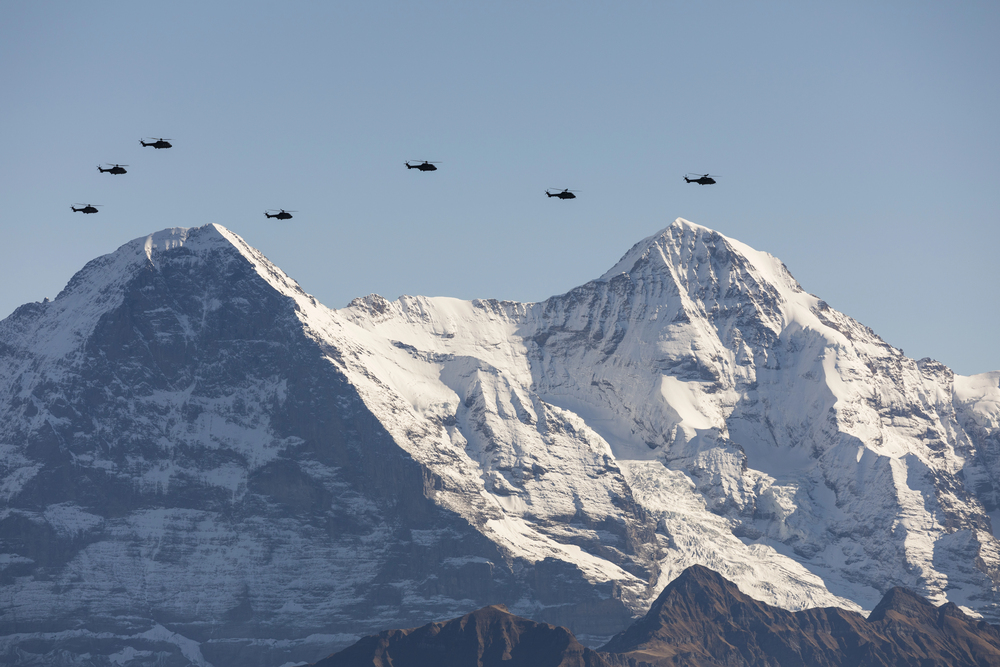
During World War II, Switzerland constructed an elaborate network of fortifications throughout the Alps to defend its neutrality. The National Redoubt strategy included hidden bunkers, artillery positions, and emergency supply caches, many carved directly into mountainsides.
Though never tested in combat, this alpine defense system helped maintain Swiss independence during Europe’s darkest hours.
Like Travel Pug’s content? Follow us on MSN.
Biodiversity Hotspot
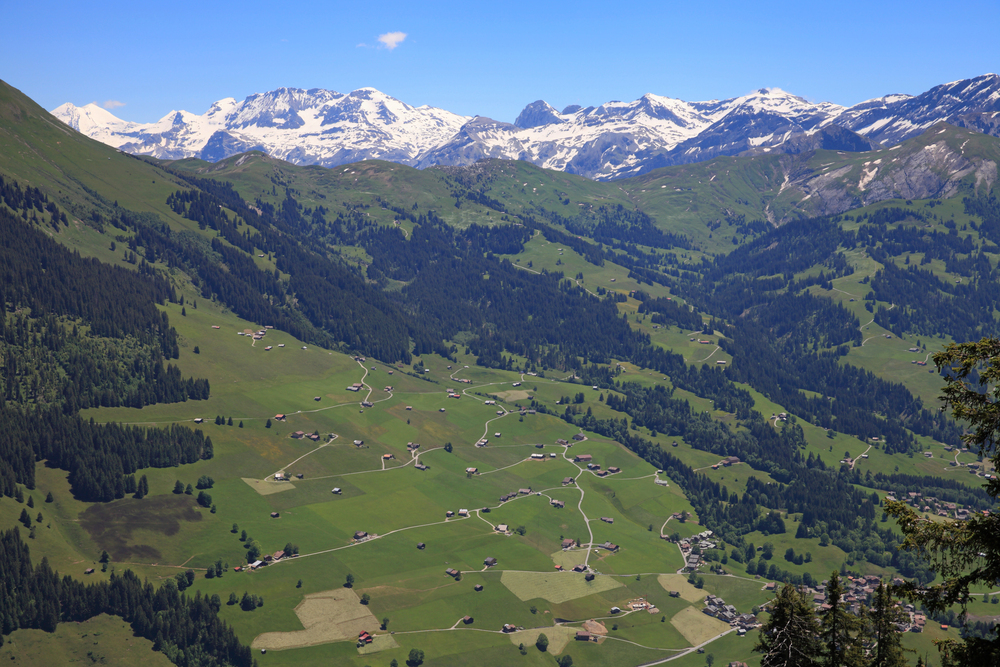
The Alps’ varying altitudes create distinct ecological zones that support remarkable biodiversity within small geographical areas. Over 13,000 animal and 4,500 plant species call the Swiss Alps home, including many endemic varieties found nowhere else.
This concentration of life forms makes the region crucial for conservation efforts and biological research initiatives.
Traditional Music and Yodeling
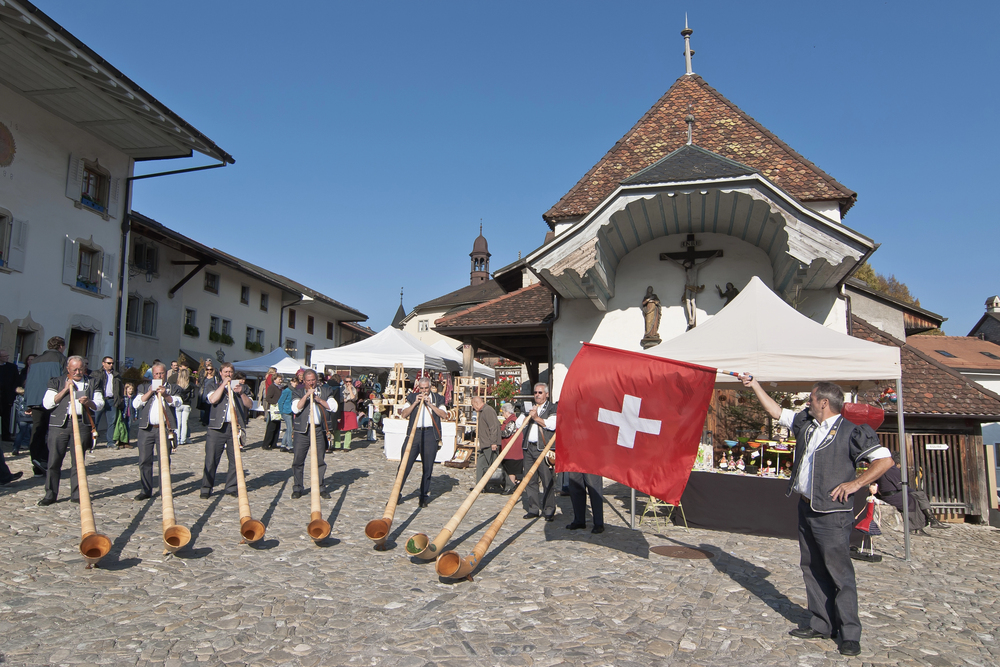
Yodeling developed as a practical communication method between Alpine valleys before becoming a cultural art form. The distinctive singing style and alphorn playing represent more than folkloric entertainment—a sonic language shaped by mountain acoustics.
These musical traditions remain living cultural expressions rather than museum pieces, with contemporary artists blending traditional techniques with modern influences.
Multi-Language Mountain Communities

The Swiss Alps host communities speaking four official languages—German, French, Italian, and Romansh—often within short distances of each other. This linguistic diversity created unique cultural exchanges and hybrid traditions specific to alpine valleys.
Many mountain villages maintain distinct dialects that preserve ancient language elements lost elsewhere, serving as living linguistic archives.
Like Travel Pug’s content? Follow us on MSN.
Glacial Water Resources

Alpine glaciers are crucial freshwater reservoirs, releasing meltwater during dry summer when rainfall is scarce. This natural water storage system supplies drinking water to millions while maintaining river flows essential for agriculture and industry.
Switzerland’s expertise in managing these resources provides valuable insights as climate change threatens mountain glaciers globally.
Traditional Mountaineering Expertise

The Swiss Alpine Club, founded in 1863, pioneered modern mountaineering techniques and safety protocols that transformed high-altitude climbing worldwide. Mountain guides from villages like Zermatt and Grindelwald developed specialized skills that have been passed through generations, creating a professional tradition that continues today.
This expertise made accessible what was once considered impossibly dangerous terrain.
Precision Agriculture Techniques

Alpine farmers developed precise methods to maximize production in challenging environments with short growing seasons. Techniques like strategic sun exposure management and microclimate manipulation allow cultivation at elevations as high as 7,500 feet.
These approaches to sustainable mountain agriculture now inform global practices for farming in marginal environments.
Like Travel Pug’s content? Follow us on MSN.
Traditional Festival Culture
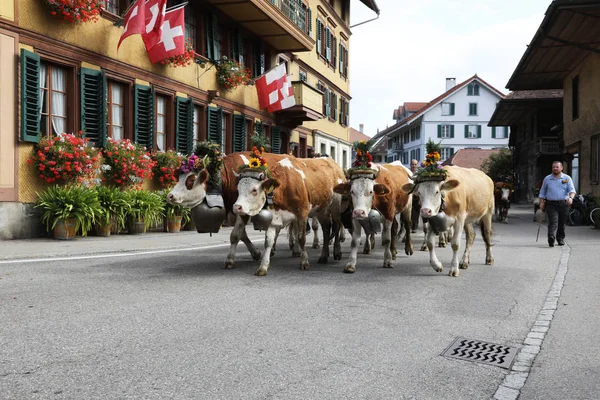
Seasonal mountain festivals mark important agricultural transitions and connect communities isolated by topography. Events like ‘Désalpe’ celebrate cattle returning from summer pastures with elaborate parades featuring flower-adorned animals and traditional costumes.
These festivals preserve cultural heritage while strengthening community bonds in regions where geography once created significant isolation.
Railway Engineering Excellence
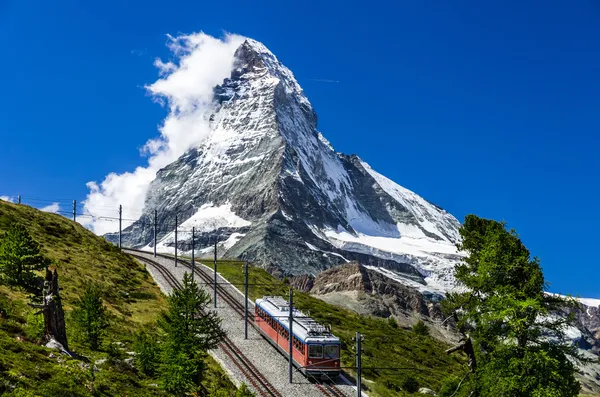
The Swiss pioneered mountain railway technology with innovations like the cogwheel system, allowing trains to climb steep gradients safely. Engineering achievements such as the Albula-Bernina line (now a UNESCO World Heritage site) connected previously isolated valleys and transformed the region’s economy.
These transportation networks demonstrate how technical ingenuity overcame seemingly impossible geographical barriers.
Precision Weather Forecasting
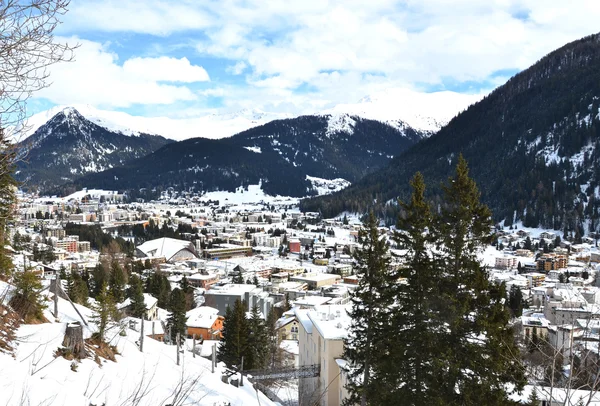
The complex topography of the Alps creates notoriously unpredictable microclimates that demand advancements in meteorological science. Switzerland developed specialized forecasting techniques and monitoring networks that accurately predict mountain weather patterns.
This expertise protects lives while supporting industries from tourism to agriculture throughout the alpine region.
Like Travel Pug’s content? Follow us on MSN.
Living With Mountains: A Swiss Philosophy
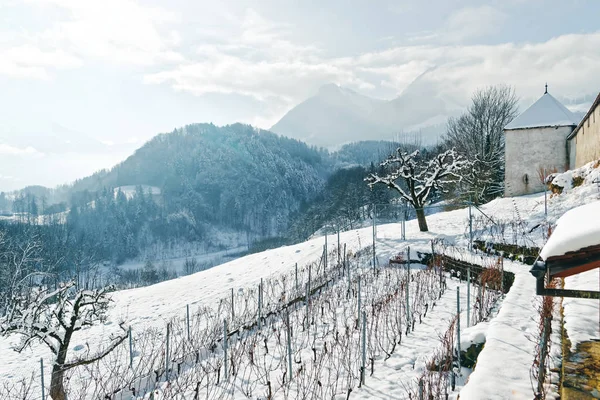
The relationship between the Swiss people and their mountains extends beyond geography into national identity and worldview. Centuries of adapting to alpine challenges fostered cultural values emphasizing precision, resilience, and respect for natural forces.
These mountains haven’t merely provided a scenic setting—they’ve shaped a distinctive approach to life that balances human ambition with environmental realities. The Swiss Alps remind us that landscapes aren’t passive backgrounds but active participants in human development and cultural evolution.
More from Travel Pug

- Cities Growing so Fast You Won’t Recognize Them in 10 Years
- 13 Destinations Where Tourists Regularly Regret Their Trip
- 16 U.S. Cities That Are Quietly Becoming Travel Hotspots
- Where to Travel If You Love Long Bus Rides and Daydreams
- 20 Cities Perfect for Solo Travelers Who Crave Adventure & Culture
Like Travel Pug’s content? Follow us on MSN.
